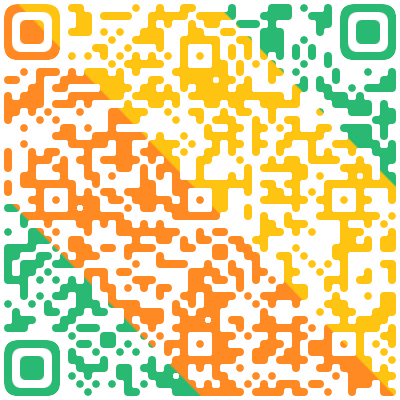When night falls in remote parts of Africa and the Indian subcontinent, hundreds of millions of people without access to electricity turn to candles or flammable and polluting kerosene lamps for illumination.Slowly through small loans for solar powered devices, microfinance is bringing light to these rural regions where a lack of electricity has stymied economic development, literacy rates and health. A woman sews clothes on a sewing machine driven by solar energy in Ahmedabad/Photo credit: Amit Dave/Reuters.
"Earlier, they could not do much once the sun set. Now, the sun is used differently. They have increased their productivity, improved their health and socio-economic status," said Pinal Shah from SEWA Bank, a micro-lending institution.
Vegetable seller Ramiben Waghri took out a loan to buy a solar lantern which she uses to light up her stall at night. The lantern costs between $66-$112, about a week´s income for Waghri.
"The vegetables look better by this light, and it´s cheaper than kerosene and doesn´t smell," said Waghri, who estimates she makes about 300 rupees ($6) more each evening with her lantern.
"If we can use the sun to save some money, why not?"
In India, solar power projects, often funded by micro credit institutions, are helping the country reduce carbon emissions and achieve its goal to double the contribution of renewable energy to 6%, or 25,000 megawatts, within the next four years.
Off-grid applications such as solar cookers and lanterns, which can provide several hours of light at night after being charged by the sun during the day, will help cut dependence on fossil fuels and reduce the fourth biggest emitter´s carbon footprint, said Pradeep Dadhich, a senior fellow at energy research institute TERI.
"They are reaching people who otherwise have limited or no access to electricity, and depend on kerosene, diesel or firewood for their energy needs," he said.
"The applications not only satisfy these needs, they also improve the quality of life and reduce the carbon footprint."
SEWA or Self Employed Women´s Association, is among a growing number of microfinance institutions in India focused on providing affordable renewable energy sources to poor people, who otherwise would have had to stand for hours to buy kerosene for lamps, or trudge miles to collect firewood for cooking.
SKS Microfinance, India´s largest MFI, offers solar lamps to its 5 million customers, while Grameen Surya Bijlee (Rural Solar Electricity) Foundation helps fund lamps and home and street lighting systems for villagers in India, Nepal and Bangladesh.
查看答案
相关试题
换一换


热门试题



 使用微信扫一扫登录
使用微信扫一扫登录